Breast Implant Rippling is caused by folds in the Breast Implant’s shell. Since Breast Implants are soft, it is normal for the shell to fold. Folds are often felt along the outer edge of the implant, especially when leaning forward. When the fold becomes visible through the skin, it is called rippling.
Breast Implant Rippling is more common when Saline Breast Implants are under-filled. Since under-filling a Saline Breast Implant also leads to higher incidence of Breast Implant Deflation, it is not normally done. It is important a Saline Breast Implant is filled to at least the minimum recommend volume to help prevent rippling and premature deflation of the implant.
Over-filled Saline Breast Implants, have less rippling. The trade-off is that they feel more firm. Each Saline Breast Implant comes with a defined range of fill volumes. Most Plastic Surgeons will fill Breast Implants to the upper range of the Breast Implant to help minimize the risk of rippling and deflation. Filling to the maximum volume is technically no longer over-filling; however, some Plastic Surgeons will still use the term in this situation. It is leftover from a time when Saline Breast Implants came labelled with a single a set volume. Plastic Surgeons of that era would often over-fill the implants by about 10% to minimize rippling. Filling to the upper recommended limit today, is essentially equivalant to over-filling in the past.
Filling beyond the upper limit of a Saline Breast Implant’s fill volume is not recommended by Breast Implant Manufacturers, and it may violate the Breast Implant’s warranty. If a Breast Implant is filled beyond the recommended range, scalloping of the edges of the implant may occur. Breast Implant Scalloping is puckering of the Breast Implant shell around the outer circumference where the front and back meet. It may cause visible folds all the way around the implant that look like rippling, but this a separate issue. Treatment or Breast Implant scalloping requires either reducing the volume of saline inside the current Breast Implant, or exchanging the implant for a shell designed to hold the current volume.
Breast Implant Revision Before and After Photos
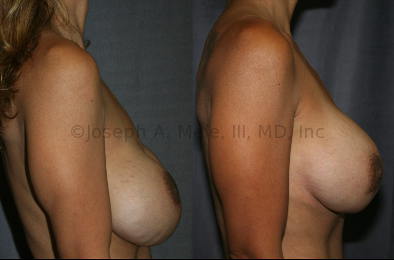
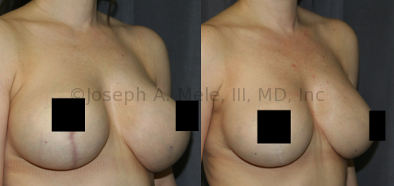
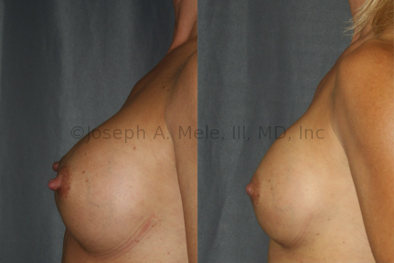
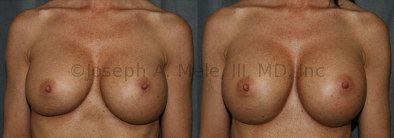
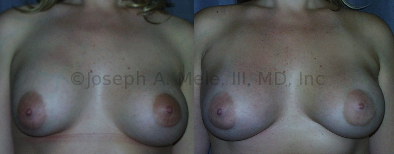
.jpg)


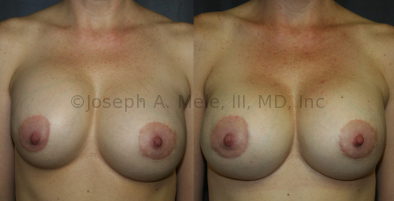
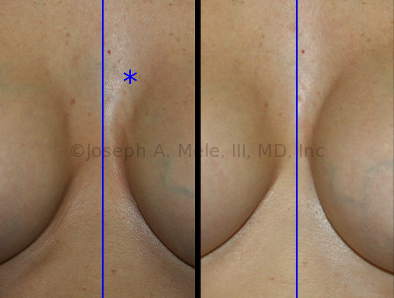
.jpg)
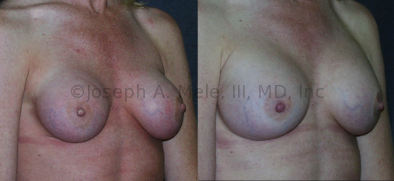
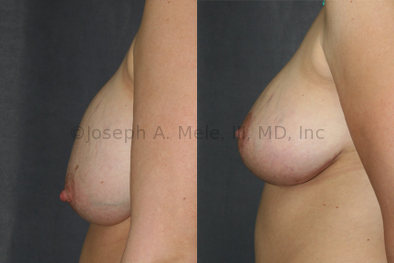
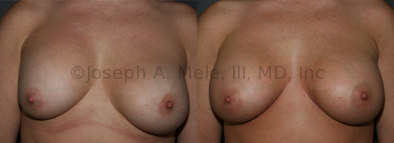
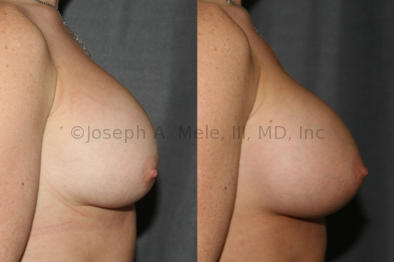
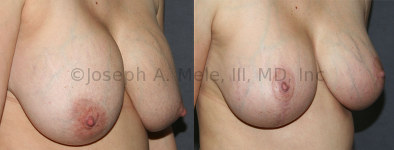
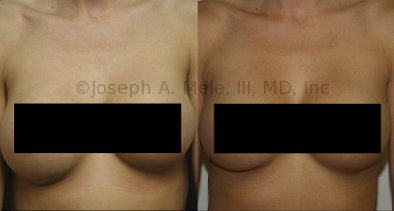
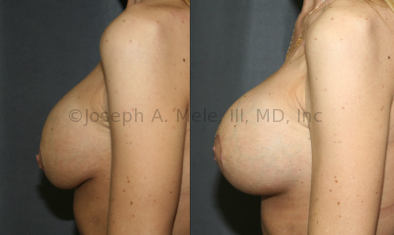
.jpg)
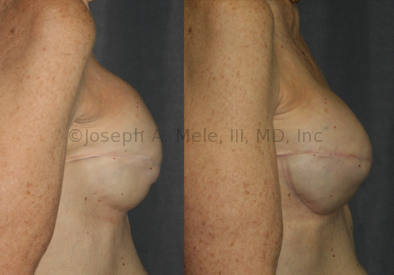
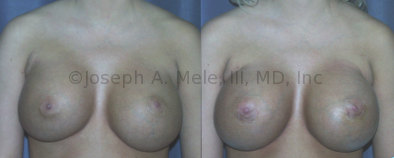
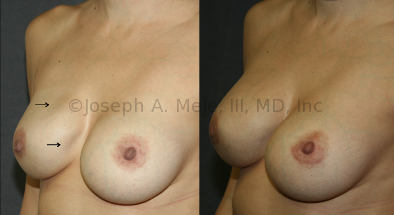
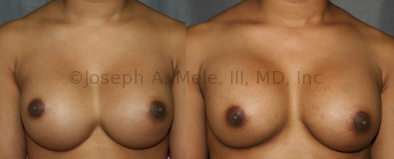
.jpg)
.jpg)
.jpg)
.jpg)
.jpg)
.jpg)
.jpg)
.jpg)
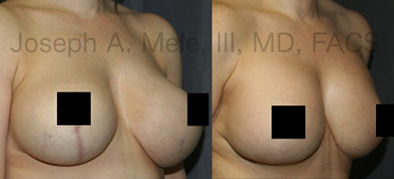
.jpg)
.jpg)
.jpg)
.jpg)
What Causes Breast Implant Rippling?
Breast Implant Rippling is visible wrinkling of the implants. To some extent, rippling occurs with every breast implant, but it is not always visible. Rippling is more common with saline filled Breast Implants; although, rippling can occur with Silicone gel filled Breast Implants too. Even form-stable, gummy bear, breast implants can have rippling. It is less likely, but it can still happen.
Rippling is most often felt rather than seen, and the most common location is along the outer edge of the implant, below the armpit. Leaning forward will often make the rippling worse; however, a similar pattern of skin folding occurs with larger breasts without Breast Implants too.
Insufficient soft-tissue coverage is known to make Breast Implant Rippling more likely, but what exactly is does insufficient soft-tissue coverage mean? The short answer is not enough skin thickness, breast tissue and/or muscle coverage to disguise the normal wrinkles that occur with Breast Implants. Women with thinner frames and smaller breasts are more likely to experience Breast Implant Rippling. The larger the Breast Implants, the larger the wrinkles and the more soft-tissue coverage required to prevent the appearance of rippling. Capsular Contracture can also caused buckling or the Breast Implant leading to rippling.
Breast Implant Revision Surgery for Breast Implant Rippling
Breast Implant Rippling that is felt, but not seen, it not usually treated. The risk of surgery often outweighs any potential aesthetic benefit. Since folds in the shell of Breast Implants are normal, it is likely that the wrinkles will still be palpable. Subtle wrinkles along the outer edge of the breast are also usually not treated. Deep rippling or rippling on the upper or inner aspects of the breast, is more obvious, even in clothing. When rippling occurs in these exposed areas, treatment may be more beneficial.
Treatment of rippling depends on its cause. If capsular contracture is present, correction of the capsular contracture usually helps. In cases without capsular contracture, the treatment of rippling may include:
- Changing the type of Breast Implant: For example replacing saline implants with silicone gel filled breast implants may help reduce rippling.
- Changing the profile of the Breast Implant: For example replacing lower profile implants with higher profile implants may help reduce rippling.
- Changing the location of the Breast Implant: For patients with thin skin moving the implants from in front of to behind the muscle may help reduce rippling.
- Acelludar Dermal Matrix: ADM’s have also been used to thicken the breast implants soft tissue covering, though long term results are still pending.